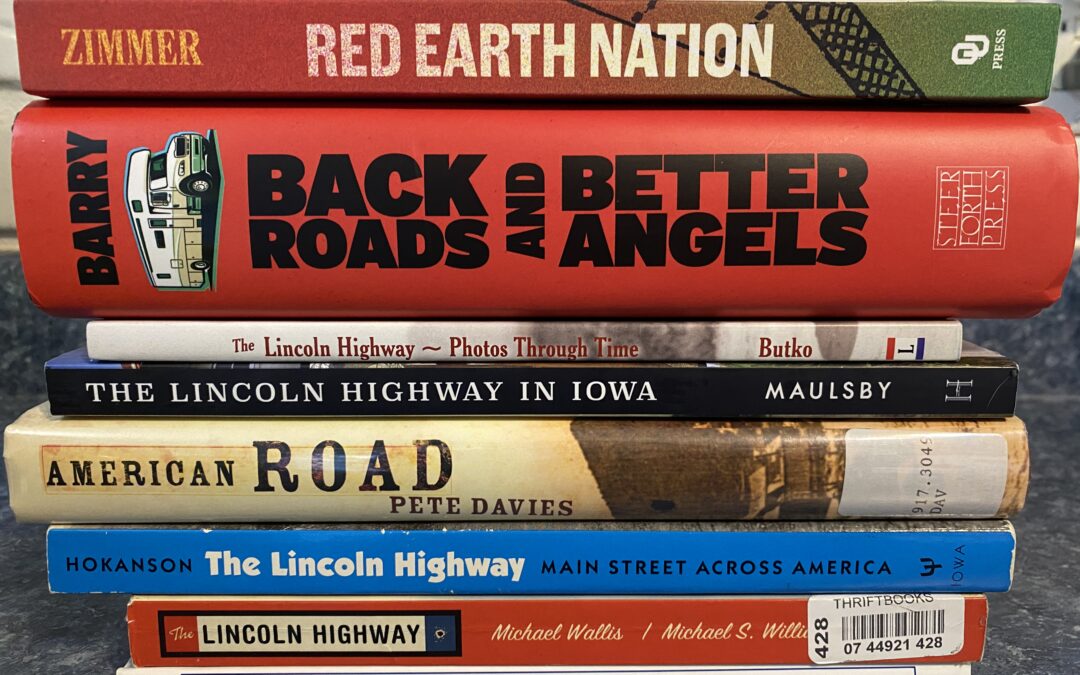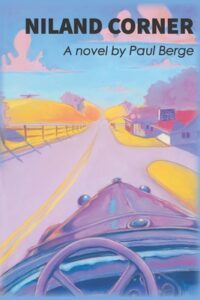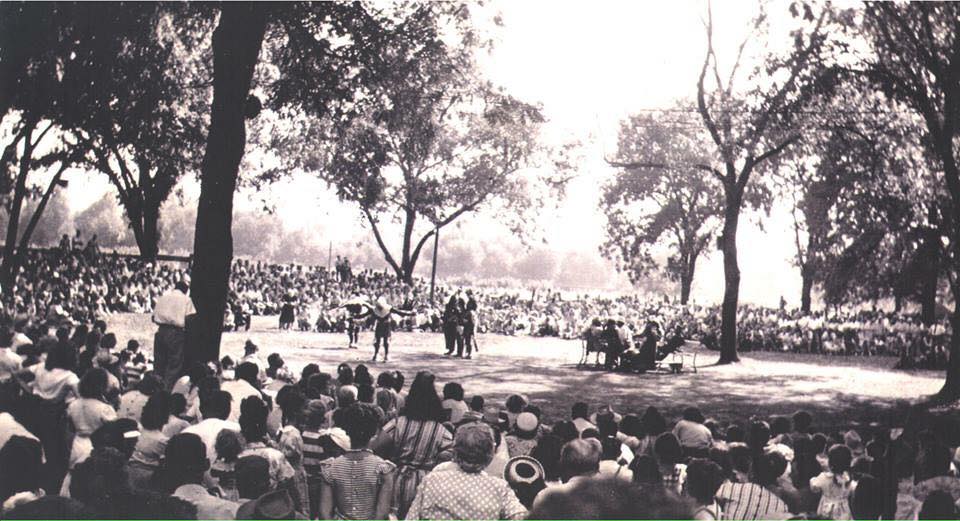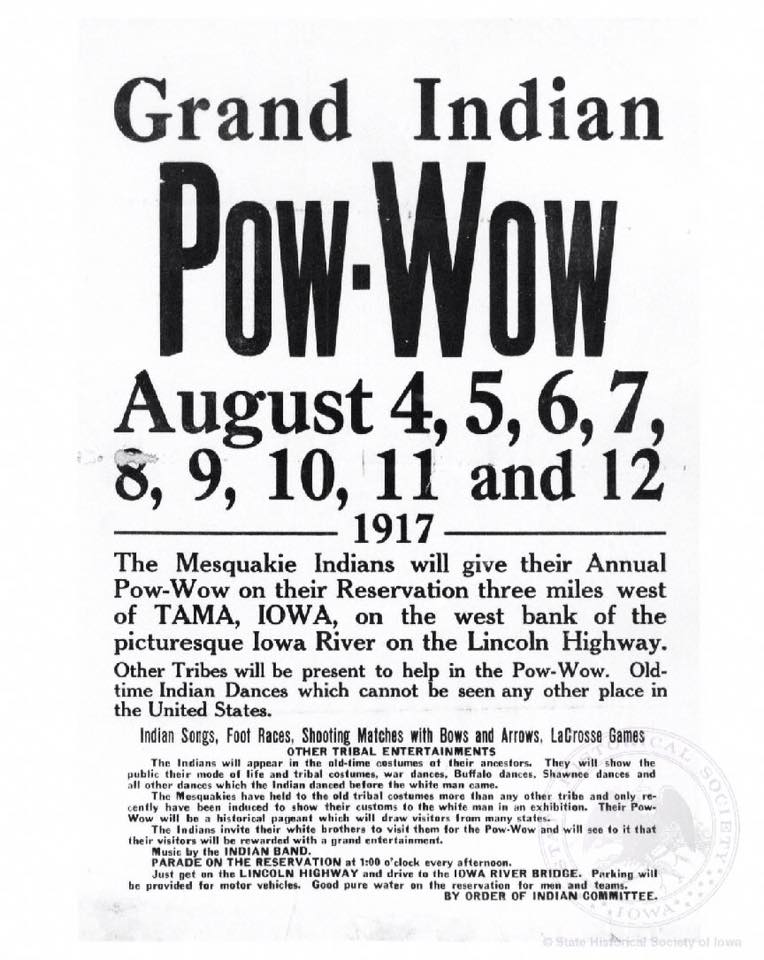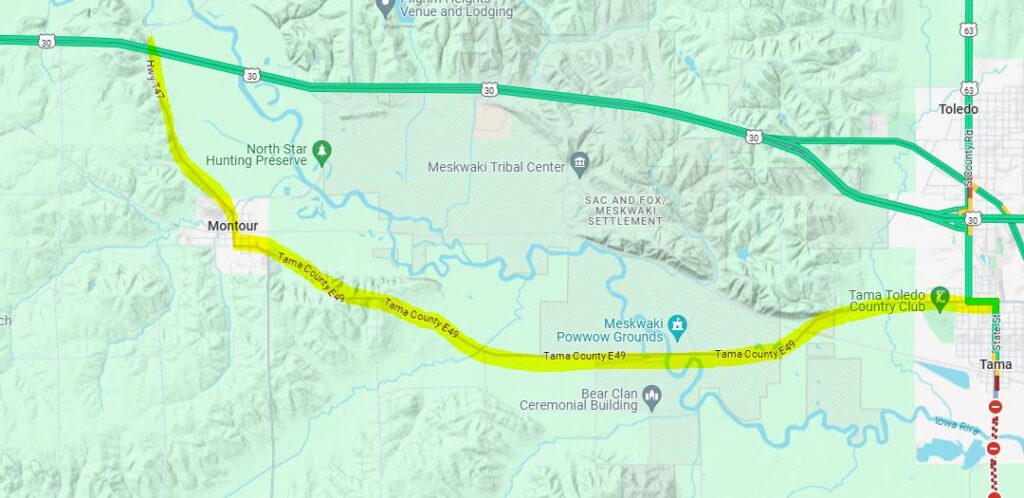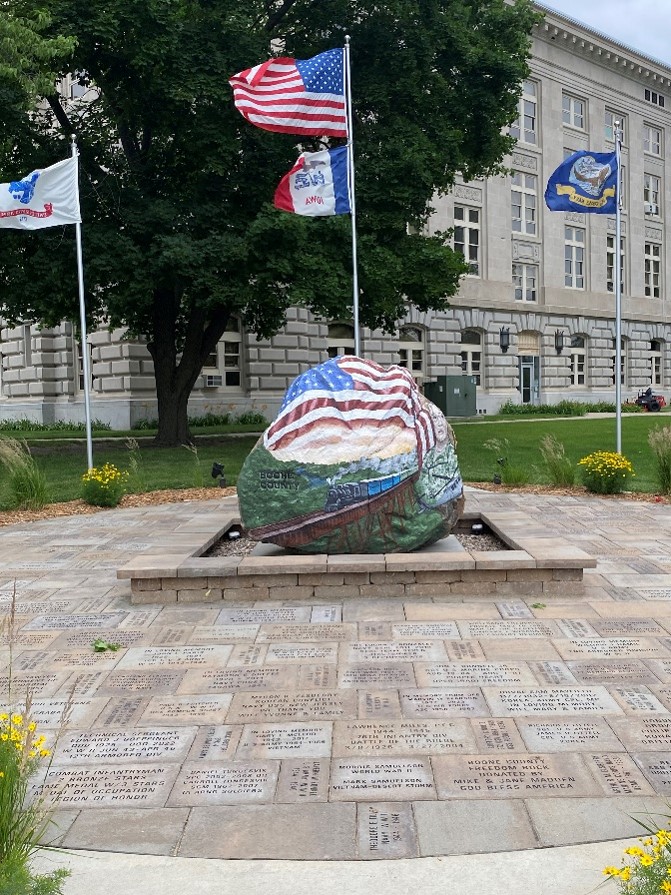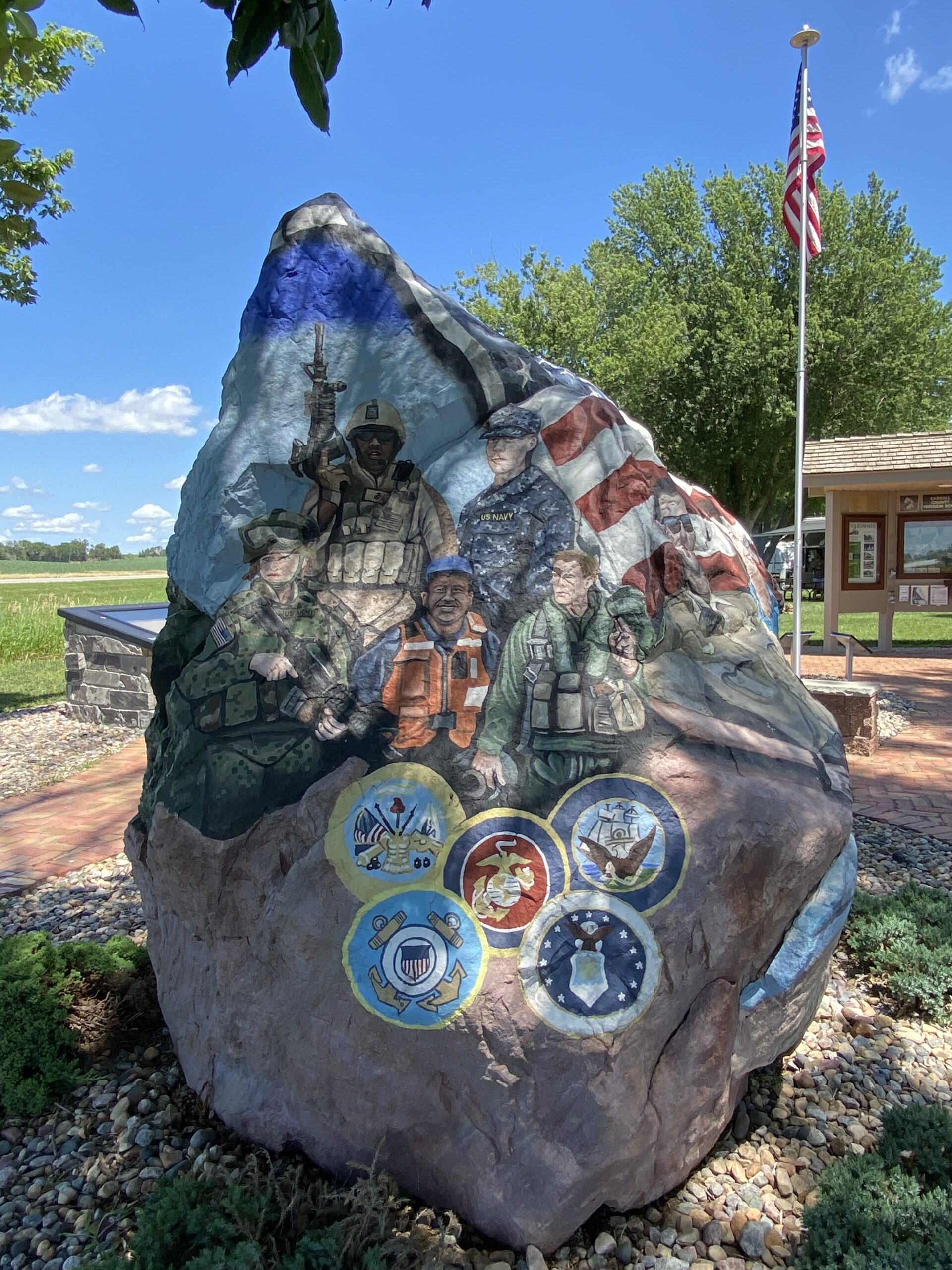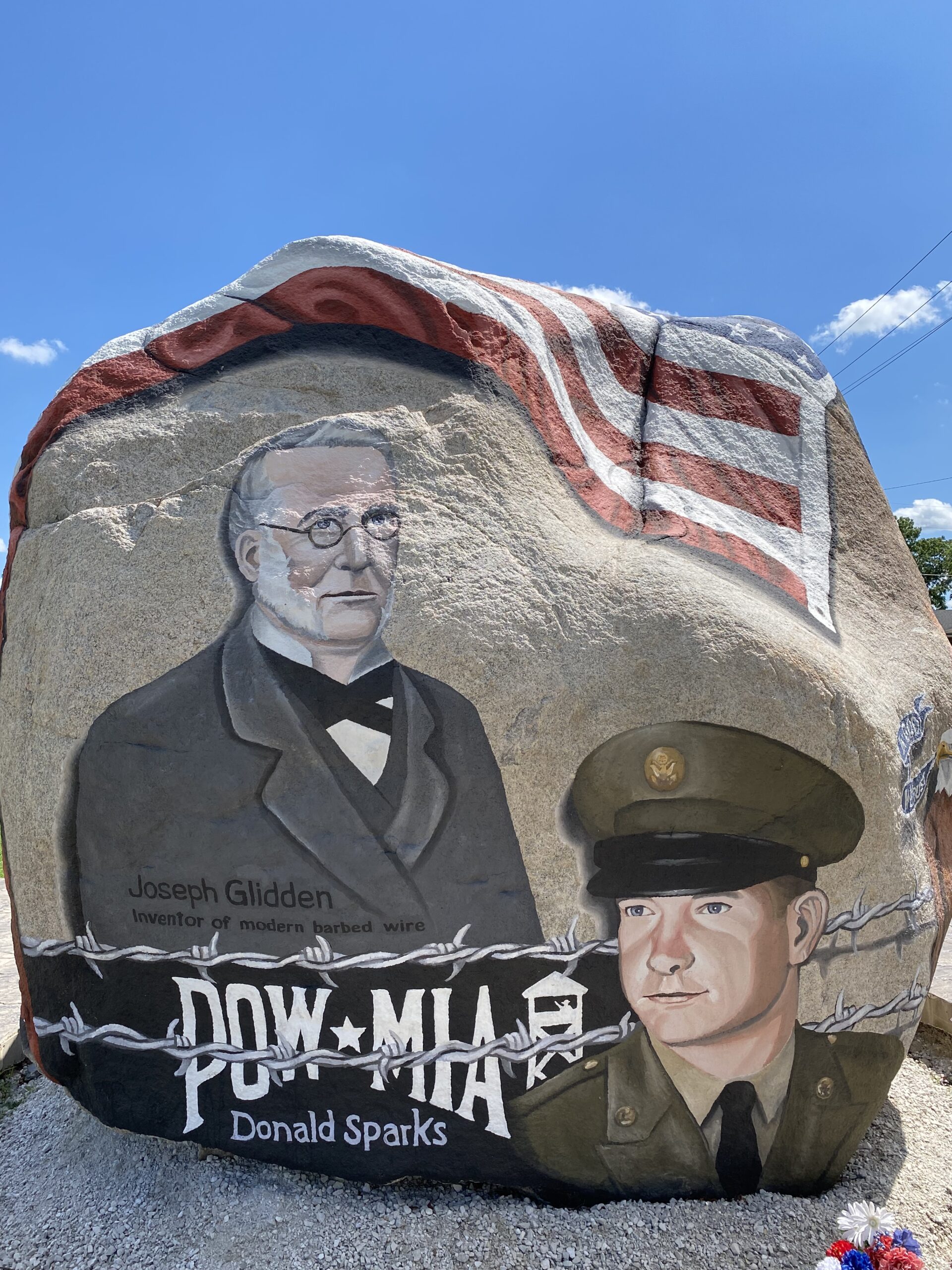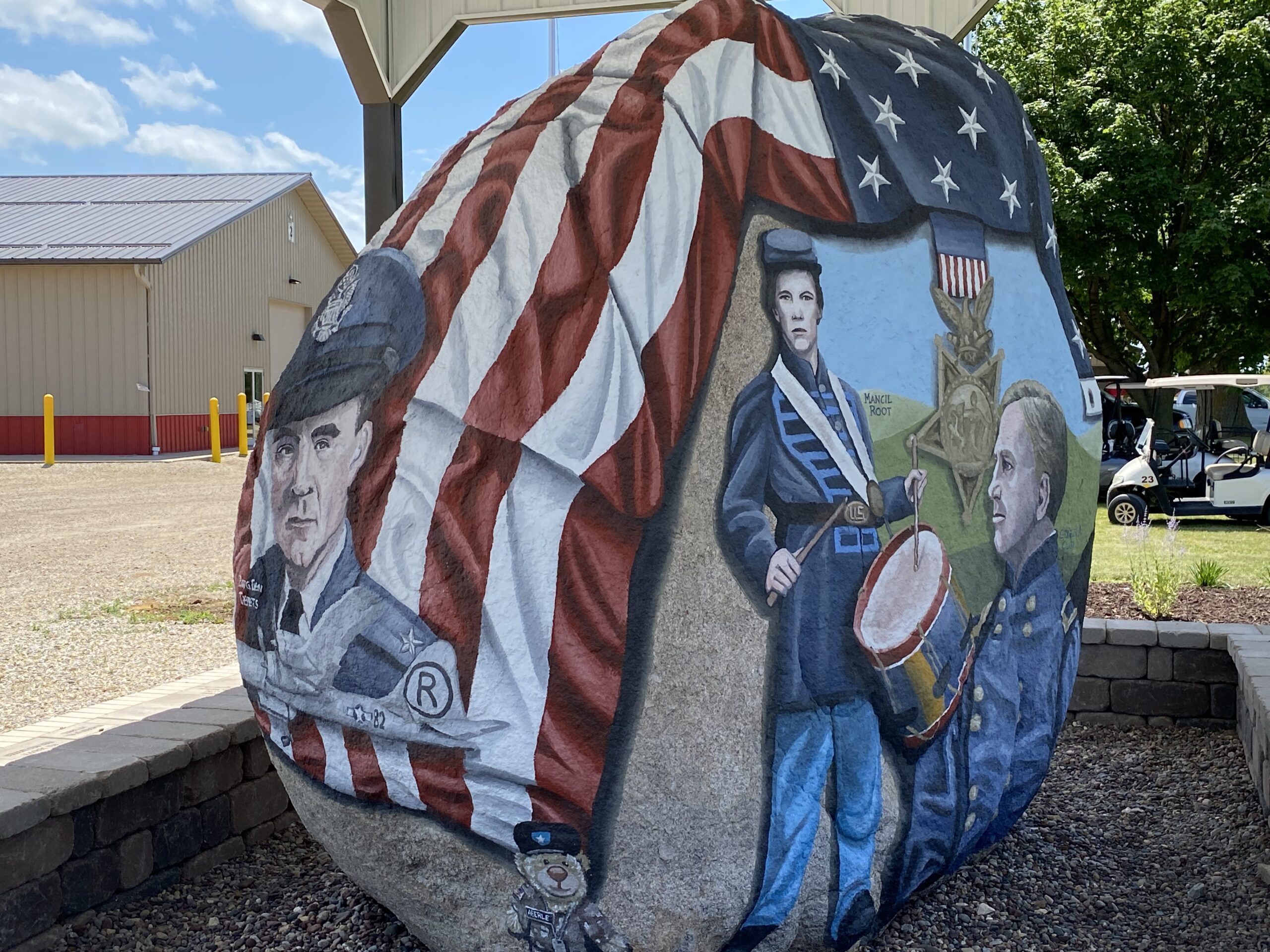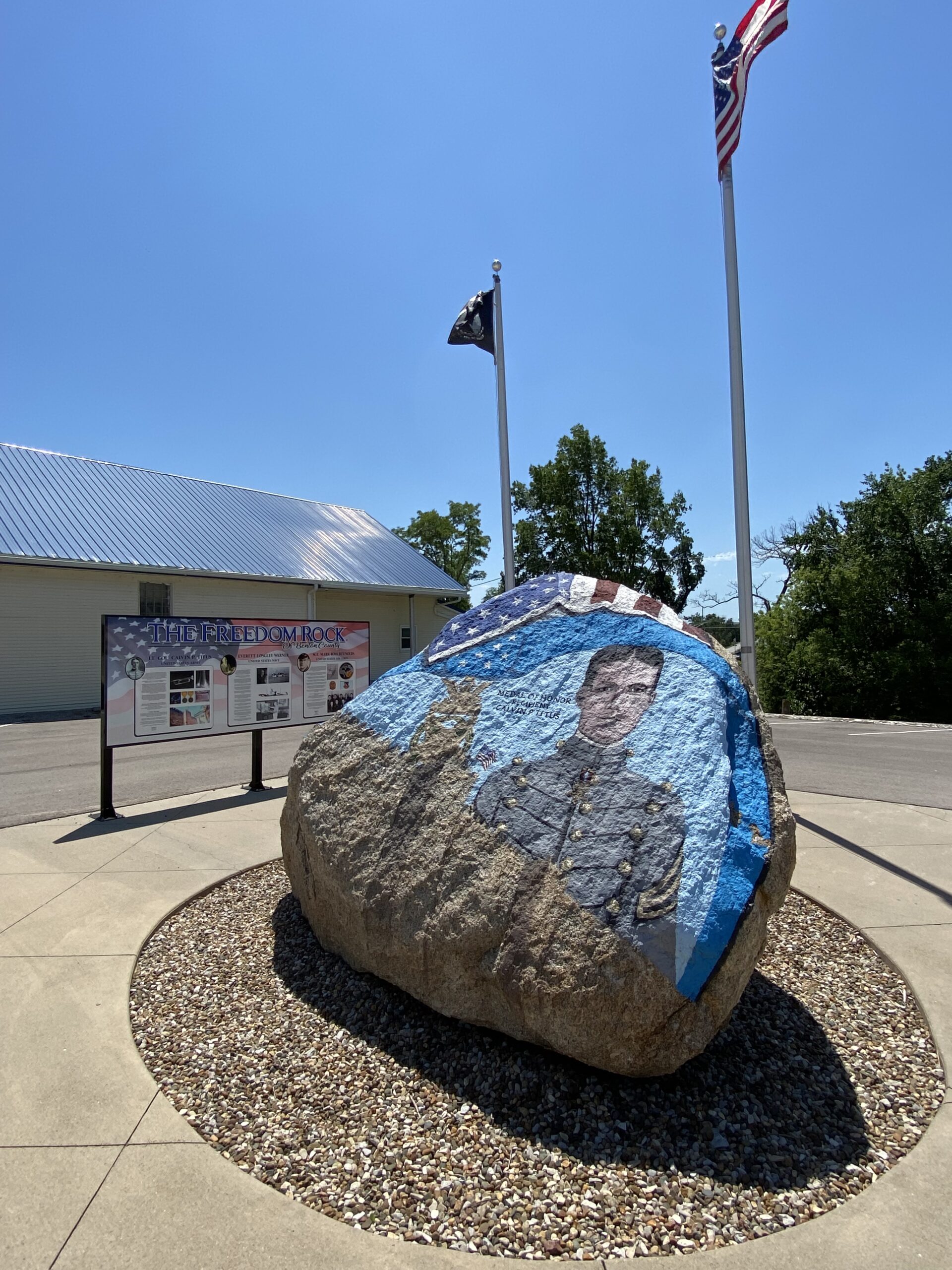
Four-lane Highway 30 finally connects Ames, Cedar Rapids by Jeff Morrison
A vehicle passes a construction crew picking up traffic cones on eastbound U.S. Highway 30 near the Iowa Highway 21 exit north of Belle Plaine, Iowa, Tuesday, October 15, 2024. The segment of U.S. 30 between Iowa 21 and County Road V44 was the last in a nearly 150-mile-long span to open to four lanes. Photo by author.
Now that Thanksgiving, the traditional end to Iowa’s construction season, is here and gone, it’s time to reflect on a big highway milestone that passed with zero fanfare. In fact, its exact date could have gone unknown had the author not been driving to Des Moines at the right moment.
On Oct. 15, the final restrictions were lifted on U.S. Highway 30 in western Benton County. A 142-mile-long segment between Ogden and Lisbon is now an uninterrupted four-lane road. It’s been a long, long time coming — six decades, as a matter of fact.
Let’s switch off the lights and show an educational filmstrip.
The 16-minute movie from the Iowa State Highway Commission in 1960 was a key component in the state’s public relations strategy for a critical section of U.S. 30. From Ogden east to Iowa Highway 330, the rural highway had not been changed since original 18-foot-wide paving in the Lincoln Highway days. A concrete railroad overpass just east of Nevada dated back to 1923. (It would not be replaced until 1973. A narrow underpass a couple hundred yards away remains to this day.) While we now can appreciate the wide array of car makes and colors in the film, the volume of traffic was an important visual aid to pushing for an all-new road that skirted Ogden, Boone, Ames, Nevada, Colo, and State Center. At the time, the proposed relocation was mostly two lanes.
The campaign worked. By the end of 1964, an all-new road existed along the 55-mile corridor except, ironically, for the highest-traveled segment: Lincoln Way through most of Ames. This segment got bogged down in an argument among the Highway Commission, the city, and Iowa State University on whether, and where, to build an exit south of the university. At one point the plan for the U.S. 30 freeway did not include the single most important entry/exit point for Iowa State events. Although by 1966 the kernel of the idea of the Iowa State Center had been planted, Elwood Drive was “presently a gravel road” (Ames Tribune), Hilton Coliseum would not open for another five years, and the football stadium for another four years after that.
The Ames bypass would not be finished until nearly a decade after the rest of the new road had opened — fall 1972. Wrapping up the connection on the west end was prolonged after weather delays including the blizzard of April 8-10, 1973.
Through the turn of the century, only about a third of the 100 miles between I-35 and I-380 were upgraded, mostly south and west of Cedar Rapids.
A photograph of a page from a May 1968 plan shows a proposed four-lane U.S. Highway 30 in Benton County that, in the eastern half of the county, would have dipped half a mile south of the existing road. When U.S. 30 was upgraded to four lanes east of the U.S. Highway 218 junction in 1992 and 1999, it followed the existing road instead. To the west, in the segments that opened in 2024, the four-lane is just a few hundred feet south of the original.
The Highway Commission laid out a comprehensive plan in 1968 envisioning a full statewide network of freeways and expressways — and then the 1970s happened. A substantial percentage of the 1968 network would not be built until between 1994 and 2008 — and then the Great Recession happened.
Midway through that latter time span, a projected funding shortfall put U.S. 30 on the back burner. Other long-awaited corridors received priority instead.
If the state’s plan from 1999 had been carried out, the gap from Marshalltown to U.S. 218 would have been closed by 2005 and finished in eastern Linn County shortly thereafter. Instead, it took until 2024.
A very small ribbon-cutting ceremony was held for the U.S. Highway 30 Tama-Toledo bypass at the west end of that bypass August 13, 2011, in Toledo, Iowa. The four-lane road is the fourth alignment of the highway here since 1926. Photo by author.
It’s been more than 10 years in coming, but the Iowa Department of Transportation has marked the beginning of the Highway 30 Mount Vernon/Lisbon bypass project. … Many project specifics — such as cost and the exact bypass route — won’t be determined for some time. Construction is at least five years away.
— Cedar Rapids Gazette, Aug. 27, 1999
The U.S. 30 bypass of Mount Vernon/Lisbon from west of Wilcox Road in Linn County to Charles Avenue in Cedar County will be open to traffic late Friday afternoon, Nov. 22, weather permitting … .
— Iowa DOT press release, Nov. 18, 2019
Tama County’s “Bohemian Alps” before 4-land Hwy 30. Photo by Prairie Rivers of Iowa
The final section had to cut through Tama County’s Bohemian Alps. These rolling hills are why the Lincoln Highway originally dipped southward to Belle Plaine. It made for a scenic drive whenever you weren’t trailing a semi, but that wasn’t often.
This segment of U.S. 30 has a relative rarity for Iowa travelers: 45 miles and no gas stations (or restrooms). The route had once been peppered with them, including the historic Youngville station, which was at risk of being demolished in the 1990s but has been preserved. Cedar Rapids Gazette columnist Dave Rasdal wrote about the lack of stops in 1994. The gas station at the Luzerne corner (County Road V44) closed a few years after a manager was shot and killed there. Today, for a fill-up visible from the highway, there’s nothing between Toledo and southwest Cedar Rapids.
Youngville Station when the Lincoln Highway/Highway 30 was the main east-west route across Iowa and after restoration and now accessed by exiting the 4-lane Highway 30 at Highway 218 west of Cedar Rapids.
The dream of a full four-lane U.S. 30 across Iowa refuses to die. In the last legislative session, there was a bill that took a non-nuanced approach to make the Iowa Transportation Commission “prioritize” the road and “expand all portions of the highway … until the entire length of the highway is made up of four-lane divided roadways.”
The new U.S. 30 can serve as a relief route for I-80 and provide a smooth ride from Cedar Rapids to Ames or Des Moines. The entire corridor provides drivers with a hassle-free trip…
…until the Iowa DOT puts at least one and maybe up to three roundabouts on the south side of Boone.








